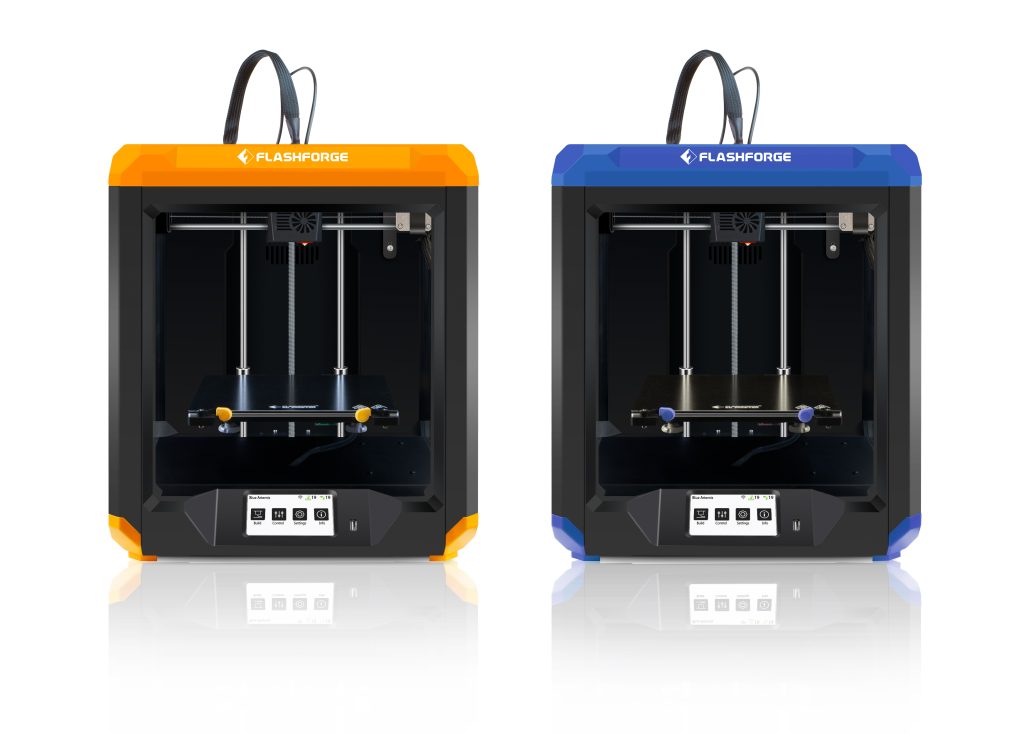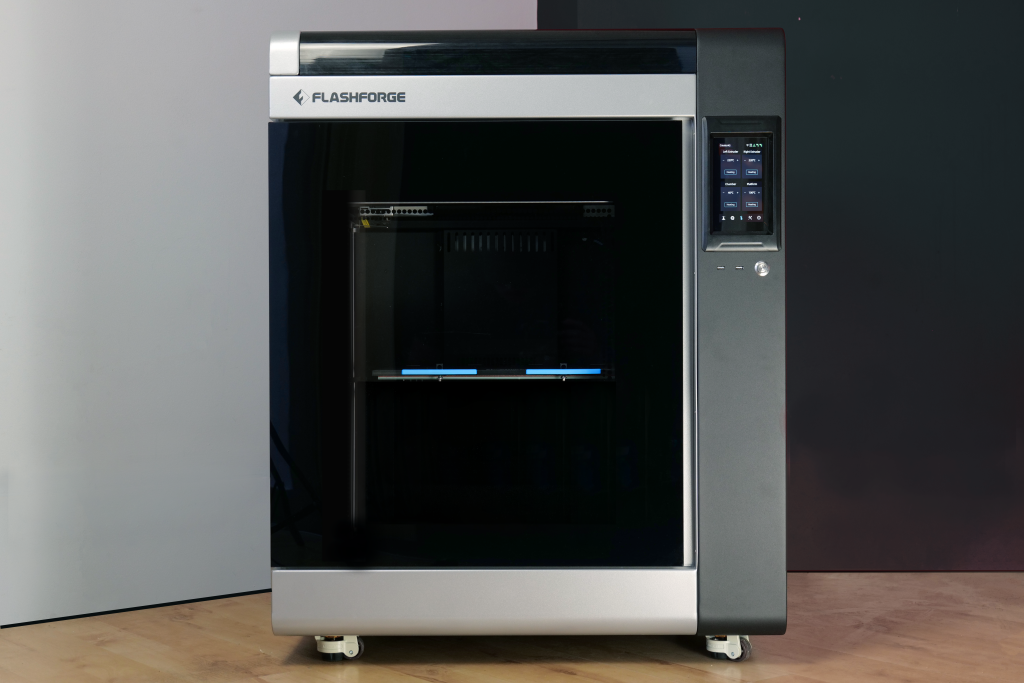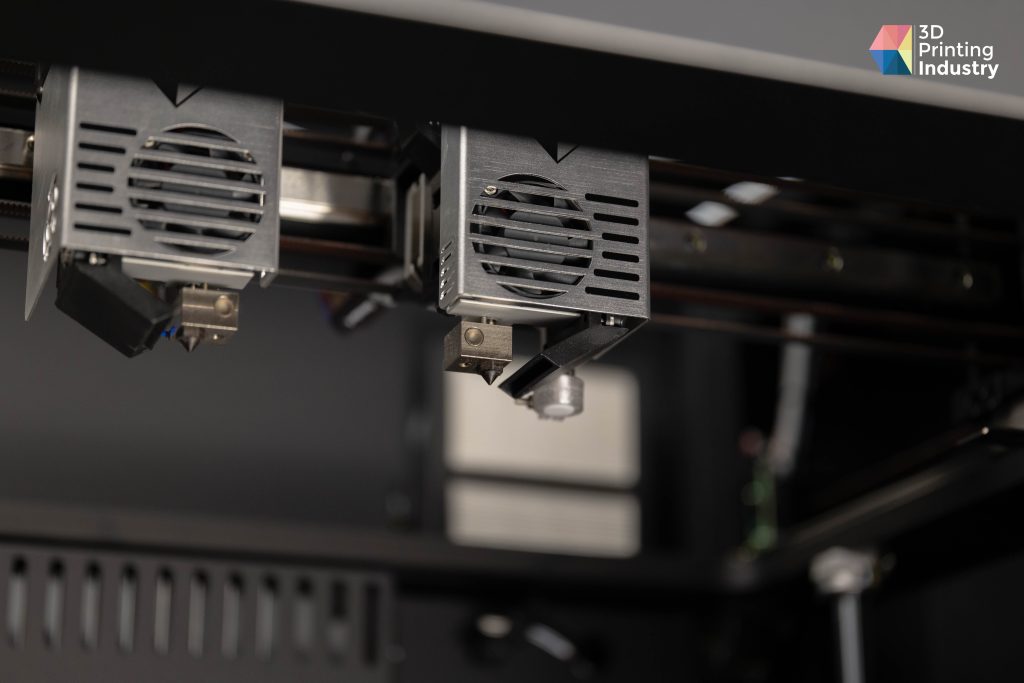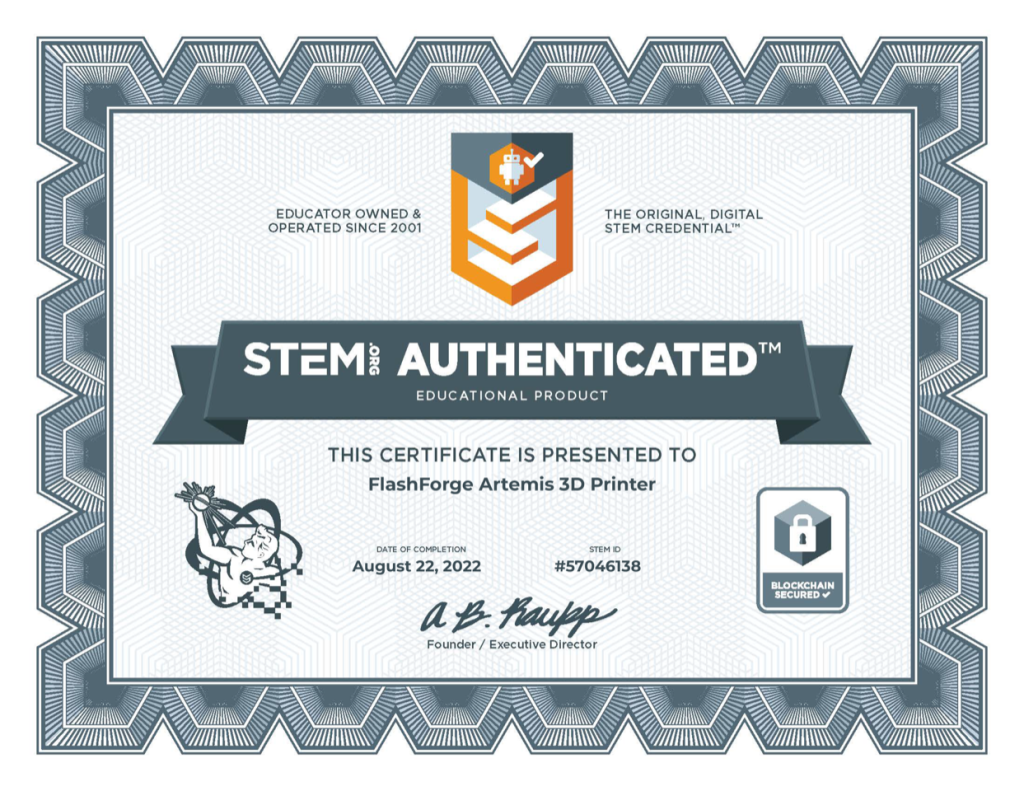Desktop 3D printer manufacturer FlashForge USA has provided an insight into how its latest products are helping train the next generation of scientists, engineers, and mathematicians.
At launch, the FlashForge Artemis was marketed as a beginner-friendly ‘workhorse,’ capable of meeting the needs of consumers and students alike. Since then, the firm says the Artemis has helped drive 3D printing adoption at leading US learning providers, and Rice University, the Massachusetts University of Technology (MIT), and the University of Southern California now teach with its technologies.

FlashForge USA’s education offering
FlashForge USA is best known for its Creator 3D printer, the first of which it launched back in 2011, complete with a wooden frame and open-source design. Since then, the firm has increasingly targeted the commercial-grade market, launching the Creator Max, Creator Max 2, and Creator 3 Pro, as well as its new flagship machine, the Creator 4.
Alongside this portfolio expansion, FlashForge USA has built out its business. While the company began by selling exclusively through its online store, it has since expanded its footprint to retail stores such as Amazon and B&H. FlashForge USA also operates multiple regional websites, each of which provides an area-specific portal for learning about its products and addressing warranty queries.
One area that the firm has targeted its products, in particular, is education, a sector in which it believes 3D printing can help advance students’ creativity, out-of-the-box thinking, and problem-solving skills. To help realize the technology’s potential in academia, FlashForge USA now not only offers to ship custom orders to schools, but it has launched a machine that’s targeted towards such applications.

Introducing the FlashForge Artemis
Launched in September 2022, the FlashForge Artemis is a Fused Filament Fabrication (FFF) system that pairs user-friendliness with a high level of reliability and print quality. In part, the machine is able to achieve this thanks to its direct drive extruder system, which can be heated up to 500°F. This ensures smooth filament feeding while making printing with flexible materials like TPUs much easier.
Capacity-wise, the Artemis features a 190 x 195 x 200 mm build volume, making it more than large enough to meet academic 3D printing applications. To help more advanced users customize the machine to their specific use case, the system also comes with glass and PEI magnetic build plates as standard, with one giving models a smoother bottom, and the other being easier to bend and remove models from.
However, the machine is broadly built for ease of use, and it ships with Wi-Fi compatibility, as well as a 4.3-inch touchscreen that makes adjusting settings or updating firmware intuitive and easy to do. FlashForge FlashPrint also offers users a native slicer with model cutting, rotation optimization, and auto repair functionality, though adopters can use a third-party program of their choice if they desire.

Becoming a trusted US tech provider
When FlashForge USA launched the original Creator, 3D printing wasn’t as commonly found in Science, Technology, Engineering, and Mathematics (STEM) education. Over the past decade, however, educators have begun to acknowledge the importance of equipping the next generation with knowledge of advanced technologies, and 3D printing has started creeping into more K-12 curriculums.
This shift was brought into sharp focus by President Obama’s STEM For All campaign, which emphasized the importance of every American child having access to a high-quality STEM education for both their future and that of the USA.
With there now being around 90 selective public STEM high schools in the country, FlashForge has set out to help equip even more institutions with the tools needed to support this initiative. Primarily the firm has done so via FlashForge Education, a program that has seen leading US universities begin adopting its machines over other brands, based on the quality and pricing of its offering.

While these initiatives have been driven by demand for FlashForge USA’s wider offering, there’s no doubt that the Stem.org-authenticated Artemis has played a key role in its educational expansion. Moving forwards, the firm has now committed to doubling down on its efforts to drive 3D printing’s accessibility in this space, by partnering with Learnbylayers.
Itself started by a teacher, the platform provides lesson plans for beginner-to-intermediate level users, which educators can deploy as part of STEM curriculums. Along with its easy-to-operate 3D printers, FlashForge USA says these lesson plans provide a convenient ‘package’ that’s ready to be rolled out at schools and other educational institutions.
Interested in finding out more? Contact FlashForge USA here for more information.
FlashForge USA offers to ship from its Los Angeles, California facility, and accepts purchase orders from schools as well. Further enquiries can also be directed to the firm’s product specialists, who can be reached at [email protected].
To stay up to date with the latest 3D printing news, don’t forget to subscribe to the 3D Printing Industry newsletter or follow us on Twitter or liking our page on Facebook.
While you’re here, why not subscribe to our Youtube channel? featuring discussion, debriefs, video shorts and webinar replays.
Are you looking for a job in the additive manufacturing industry? Visit 3D Printing Jobs for a selection of roles in the industry.
Featured image shows the FlashForge Artemis 3D printing range. Image via FlashForge USA.


